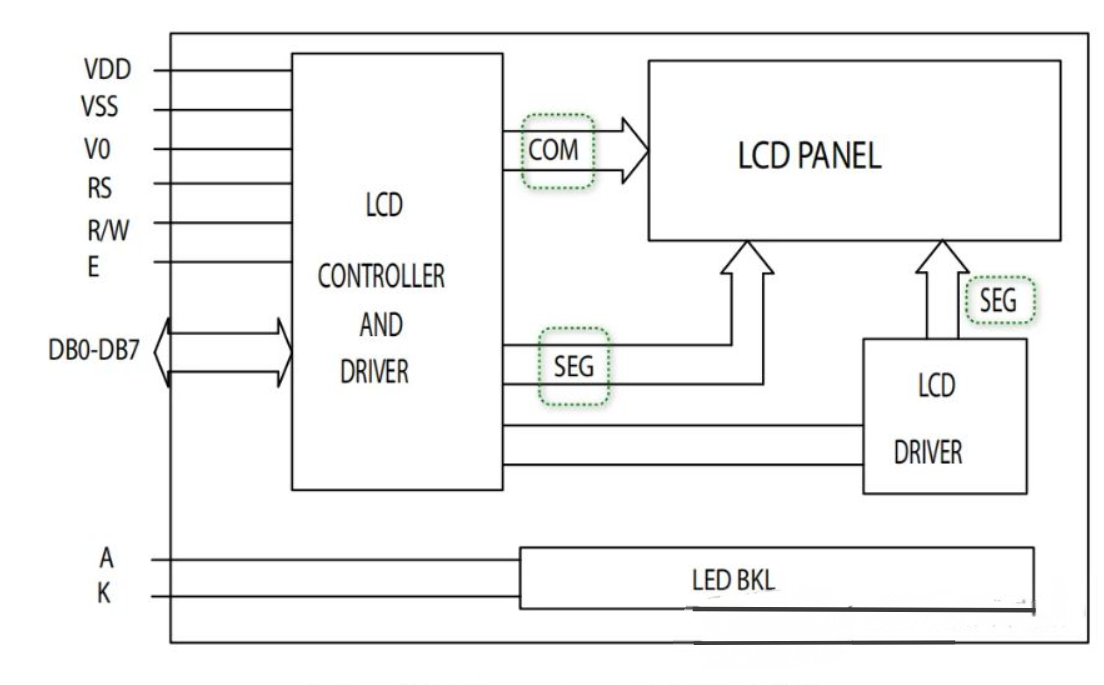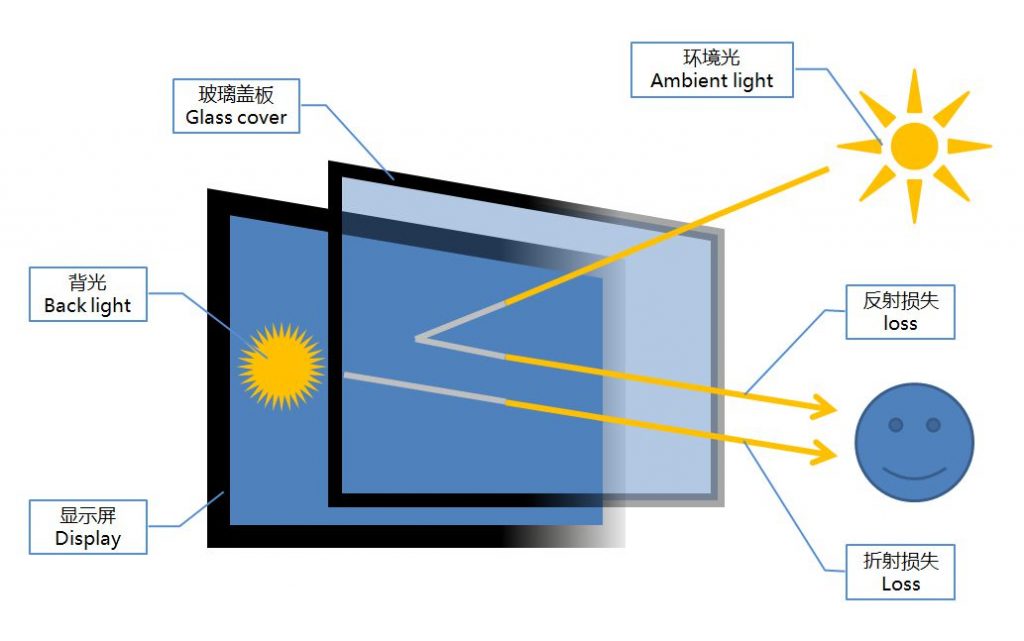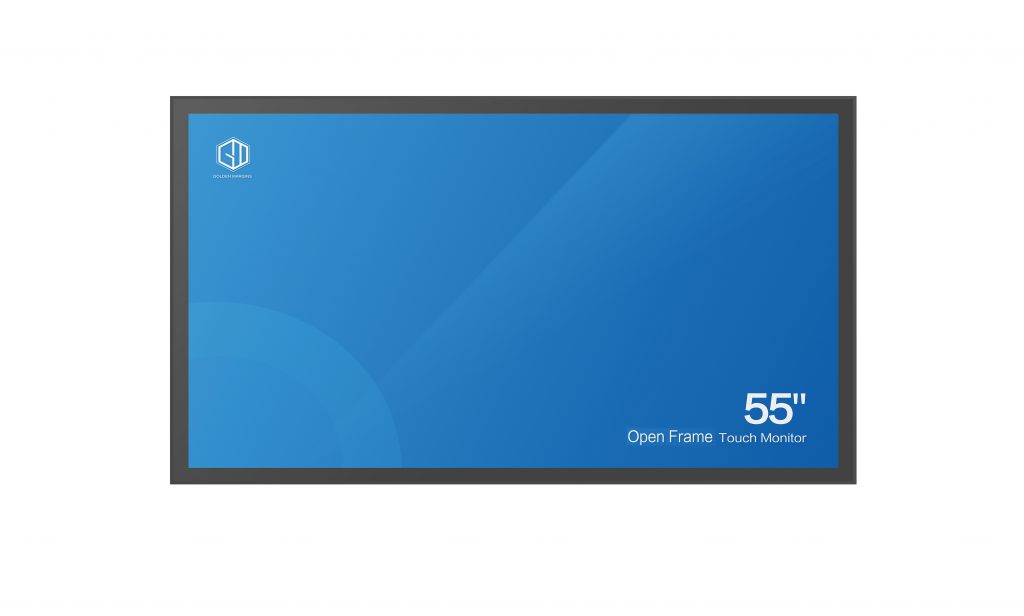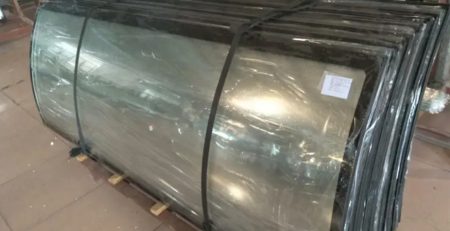The main principle of the liquid crystal display is to use the arrangement direction of the liquid crystal molecules to change under the action of the electric field, so that the transmittance (modulation) of the external light source is completed to complete the change of electricity and light, and then the three primary color signals of R, G and B are used. Different excitations, through the three primary color filter films of red, green and blue, complete color reproduction in the time domain and spatial domain.

In a TN-LCD liquid crystal display panel with a thickness of less than 1 cm, it is usually composed of two large glass substrates, sandwiching a splint made of color filters, alignment films, etc., and then wrapping two polarizing plates on the outside. They determine the maximum luminous flux and color production. Color filters are filters composed of three colors: red, green, and blue, and are regularly produced on a large glass substrate. Each pixel is composed of three color units (or sub-pixels). If a panel has a resolution of 1280×1024, it actually has 3840×1024 transistors and sub-pixels.
The upper left corner of each sub-pixel (gray rectangle) is an opaque thin film transistor, and the color filter can produce the three primary colors of RGB. Each interlayer contains electrodes and trenches formed on the alignment film, and the upper and lower interlayers are filled with multiple layers of liquid crystal display molecules (the liquid crystal space is less than 5×10-6m). In the same layer, although the position of the liquid crystal molecules is irregular, the long axis orientation is parallel to the polarizing plate. On the other hand, between different layers, the long axis of the liquid crystal molecules is continuously twisted 90 degrees along the parallel plane of the polarizer.
Among them, the orientation of the long axes of the two layers of liquid crystal display molecules adjacent to the polarizing plate is consistent with the polarization direction of the adjacent polarizing plate. The liquid crystal molecules near the upper interlayer are arranged in the direction of the upper groove, while the liquid crystal molecules in the lower interlayer are arranged in the direction of the lower groove. Finally, it is packaged into a liquid crystal box and connected to the driver IC, control IC and printed circuit board.
Under normal circumstances, when light shines from top to bottom, usually only one angle of light can penetrate down. It is introduced into the groove of the upper interlayer through the upper polarizing plate, and then passes through the lower polarizing plate through the twisted arrangement of liquid crystal molecules. Form a complete light penetration path.
The interlayer of the LCD liquid crystal display is attached with two polarizing plates. The arrangement and light transmission angle of the two polarizing plates are the same as the groove arrangement of the upper and lower interlayers. When a certain voltage is applied to the liquid crystal layer, due to the influence of the external voltage, the liquid crystal will change its initial state and no longer be arranged in a normal manner, but will become an upright state. Therefore, the light passing through the liquid crystal will be absorbed by the second layer of polarizing plate and the entire structure will be opaque. As a result, black will appear on the display screen. When no voltage is applied to the liquid crystal layer, the liquid crystal is in its initial state and will twist the direction of the incident light 90 degrees, thereby allowing the incident light from the backlight to pass through the entire structure, resulting in white color appearing on the display screen. In order for each individual pixel on the panel to produce the color you want, multiple cold cathode lamps must be used as the backlight for the display.
Golden Margins –Entire Range of Touchscreen Products


We hope you found these touchscreen or panel PC fundamentals informative. Goldenmargins offers a broad selection of Industrial Touchscreen Monitors and Touch Panel PCs in various sizes and configurations, including medical touch screens, sunlight-readable touch screens, open-frame touch screens, and waterproof touch panels, as well as other unique touch screen or panel PC designs. You can learn more about our services HERE or by calling us at +86 755 23191996 or sales@goldenmargins.com





